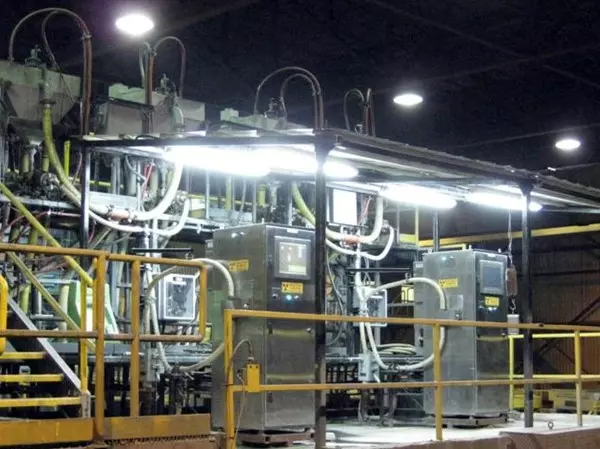-
Coarse particle flotation & regrind circuit
What is coarseAIR™?
coarseAIR™ is a low turbulence, aerated fluidised bed separator combined with lamella plates based on the REFLUX™ Classifier. The technology is able to float larger particle sizes (up to approx. 650 micron) enabling an increase in target grind size and offering significant sustainability and process benefits. It provides excellent efficiency through improved resource utilisation – not only in terms of air, water and energy but of the mineral resource itself.Implementation of the coarseAIR™ technology allows for feed solids content above what is traditionally required, which reduces feed-dilution water demands. Together with high solids attrition conditioning, flotation feed preparation is optimised to ensure effective reagent addition and conditioning. Operation at coarser grind sizes, void of high proportions of ultrafine material, facilitates improved dewatering of both concentrate and tailings, in turn improving overall water recovery and re-use.
As it is possible to recover particles coarser in size than what is typically achieved, regrind of concentrate is required. This improves on the traditional approach by limiting fine grinding to only a fraction of the total run-of-mine feed, thereby reducing total energy consumption.
-
For relatively coarse regrind applications
- FLSmidth supplies a low-speed, energy efficient vertical tower mill, the FTM, which typically produces a product of P80 = ~30 microns in closed circuit operation. This vertical agitated steel-media mill reduces energy and media consumption by 30%-50% when compared with traditional horizontal ball mills.
-
For ultra-fine regrind circuits
- Where liberation requires particle sizes P80 < 20 microns, the VXP vertical stirred ceramic media mill is the optimal choice for minimising overall OPEX. Most VXP installations run in open circuit, further reducing carbon footprint and total circuit energy and water consumption. Regrind performance is optimised to produce metal-containing particles largely barren of gangue material in preparation for final flotation downstream.
The coarse particle flotation and regrind circuit has a profound impact on our MissionZero ambitions. It enables upstream and downstream unit operations to perform in more efficient ways to further the goals of MissionZero beyond the flotation circuit itself.
This means optimised grinding is possible. This ensures application of energy input only to where it is needed, allowing for the rejection of barren oversize material that does not require fine grinding. No direct equipment energy input is required, and along with an order of magnitude reduction in flotation air requirements, energy demand for the flotation circuit itself is also reduced. In this way, the flotation circuit enables energy savings plant wide.
Additionally, coarser grind size facilitates dewatering and allows for quicker water recovery. Water that traditionally would be lost due to evaporation and seepage no longer end up in tailing and a larger proportion of water can be recovered within minutes versus hours or days.

The digital boosters
Smart Flotation Solutions

PERI Online Slurry Analysis™

The key flowsheet processes
Take a deeper dive into the main process areas of the flowsheet. Discover more about the technologies by clicking the icons below:






